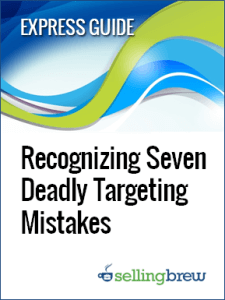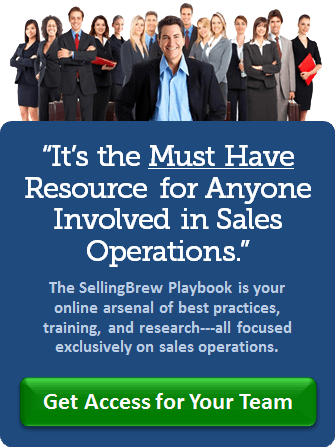When you were a teenager, how would you have described the ideal spouse?
If you are being honest, you probably thought you wanted someone who looked like a supermodel, had the mind of a Nobel laureate, agreed with you on everything related to politics and religion, worshipped the ground you walk on, was wickedly funny, independently wealthy, amazing in bed, and just happened to be a member of a royal family.
But if you’re like most people, somewhere in your twenties or thirties, you decided you would be perfectly happy with someone who was moderately attractive, lots of fun, capable of holding down a job, and willing to love you despite being fully aware of your many faults. In fact, you probably don’t view this decision as “settling” for someone who was less than ideal, but as discovering that the person who was truly right for you was far different than your ideal. And after all, that “ideal” spouse didn’t actually exist anyway.
However, when it comes to defining our target market, many of us make the same stupid mistake that our teenaged selves did. We go looking for an “ideal” customer that doesn’t actually exist and probably wouldn’t be the right fit anyway.
In fact, a lot of “experts” will tell you that you should focus on your ideal customers and ignore everyone who doesn’t fit the mold.
We’re calling BS.
Most “ideal” customer descriptions aren’t any more realistic than that ideal spouse description. Ideally, you might want a customer who has an unlimited budget, is located just up the street, is growing its revenue 20 percent every quarter, serves customers on every continent, never calls to complain, never shops around, always pays its bills on time, leads its industry in sales, employs at least 10,000 people, thinks your product is the greatest thing since sliced bread, and is ready to buy today.
That customer doesn’t exist.
Rather than chasing some fantasy creature, we encourage sales teams to get more acquainted with the reality of the market. It’s not that we don’t want you to target your best customers; in fact, we’re great advocates of careful targeting. It’s just that we want you to go after a target that actually exists.
In the webinar How to Identify & Target Your Best Prospects we outline two approaches for defining target markets that represent real opportunities. We also cover some tips and tactics for identifying customers that can fuel explosive growth.
Of course, focusing on a non-existent “ideal” customer is just one of many targeting mistakes companies can make. In the express guide Recognizing Seven Deadly Targeting Mistakes, we cover six more, as well as advice for avoiding them.
If you decide that you’d rather live alone than settle for a spouse who is different than your ideal, that’s your business. But a company can’t afford to ignore reality when making targeting decisions. These resources can help you ignore your “ideal” and find the customers that will help you truly maximize sales and profits.












